Following up from my earlier query, my Tucktec 2025 Pro folding kayak arrived at the tail end of October, which is just about within the window when I expected it. When placing the pre-order in late July ($273 shipped), they said it would not ship for at least 60 days, so 90-ish days later was indeed correct on their part. The currently listed price (December 2024) appears to be at least $430 after shipping.
It arrived in a single large cardboard carton, easily brought indoors. Inside, I found the bright-yellow kayak already folded up. Opening it out, the various parts were: the kayak itself, the brief instruction manual, the seat, the seat's support struts, the skeg, and the Velcro belt used to hold the kayak in its folded state.
When I say the instruction manual is brief, I mean that it basically said to go to the website and watch the assembly and folding video. No actual procedure is given in the printed manual, which is a minor annoyance. It should also be noted -- and I knew this when ordering, but it's worth mentioning for other folks -- that this kayak does not come with a paddle. So this is definitely not any sort of turnkey kayaking product, and it never claimed to be.
The seat itself is made from foam with similar consistency to packaging material -- not a bad thing -- and backed by the same plastic sheet as the main kayak body. The support struts are actual Schedule plastic piping, the same sort used for plumbing. When assembling, the seat is very easy to attach/detach, although I do find attaching the struts to the kayak to be rather cumbersome. Essentially, you have to bend away a plastic hole to let the strut slide in. The exact procedure in the video seems to be the only way to make this work.
As for building up the kayak body, the metal latches (aluminum?) on this model make this a breeze. That said, of the four latches surrounding the cockpit, the two forward latches seem to be inopportunely placed where they might interfere with the paddle stroke. But maybe that's a matter of paddle technique.
Lastly, the skeg has a fairly simple design, such that it slots into one of the existing folds when building up the kayak body, and will pivot up if it hits an underwater obstruction. There is no user-operated retraction feature. The video says that only the Pro model has the skeg, suggesting the skeg is optional. But having taken this kayak out onto the local reservoir without the skeg, I had a difficult time keeping it tracking straight. I suspect the skeg may be functionally required for reasonable performance.
I will note that I have no kayaking experience to reference, apart from briefly paddling around in other people's kayaks during camping trips on calm water. However, I did review REI's comprehensive articles and did invest in a PFD before going out. My choice of paddle was partially based on it splitting in two and sliding within the folded kayak bundle, and that worked as expected.
As for transporting the kayak in its folded state, I believe the hype is warranted, as it will fit into the width of a typical car trunk, or will fit with just one seat folded down. Carrying it from a parking area to the beach is also fairly easy with the shoulder strap, provided that one hand is available to stabilize it in the wind. A nice quirk is that the final fold of the kayak forms a nice "base" so that when setting the bundle down on pavement, it will remain standing and not just fall over. This could be useful for longer jaunts to the water's edge.
Lastly, unfolding the kayak at home makes it trivial to hose down, as part of post-paddling clean up. It also seems to dry faster this way.
Overall, as a novice kayaker, I think this is a reasonable product, although their website certainly doesn't sell it as well as a comparable Oru folding kayak. Later, I will pursue taking this kayak with me by bus and by bicycle (with a custom mount to stand it up). I think it fits the bill for someone wishing to paddle recreationally but without committing to storing/moving a hardshell kayak, or wishes to start with minimal investment.
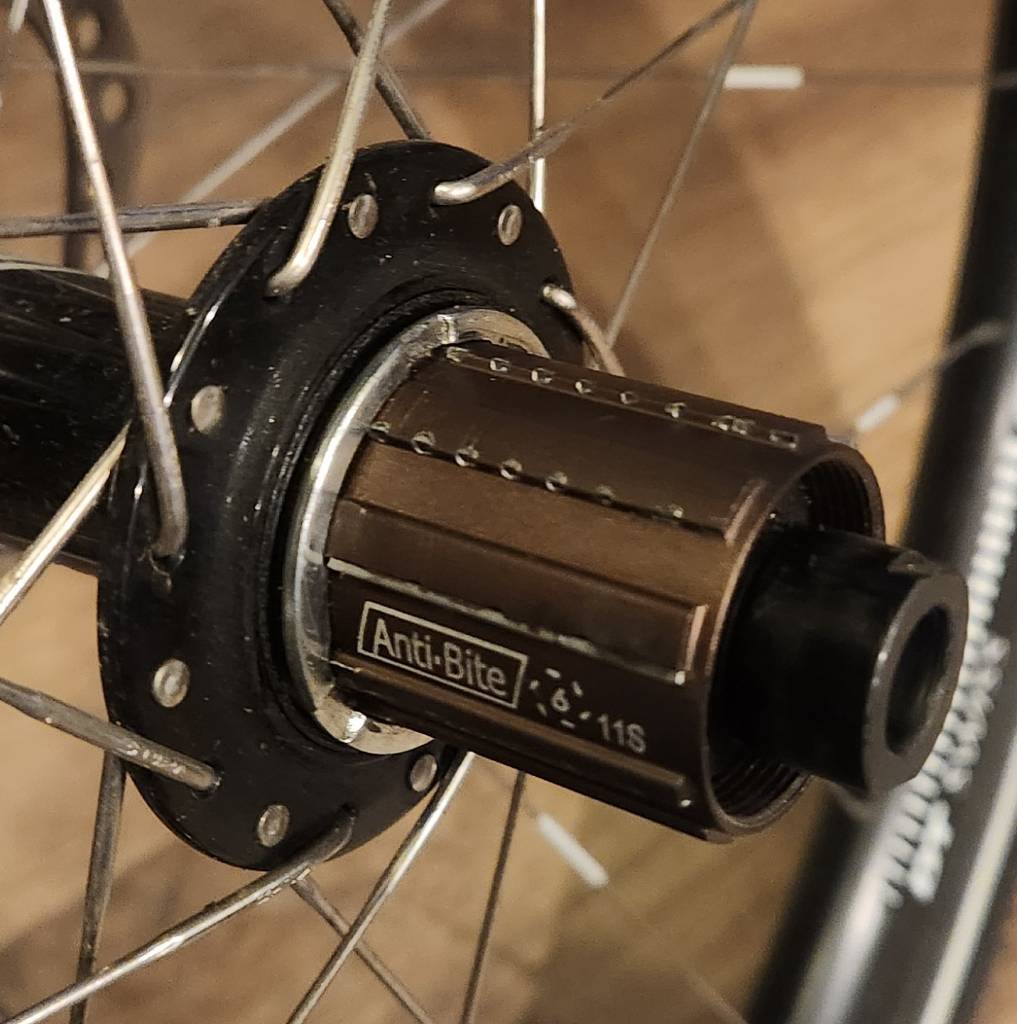
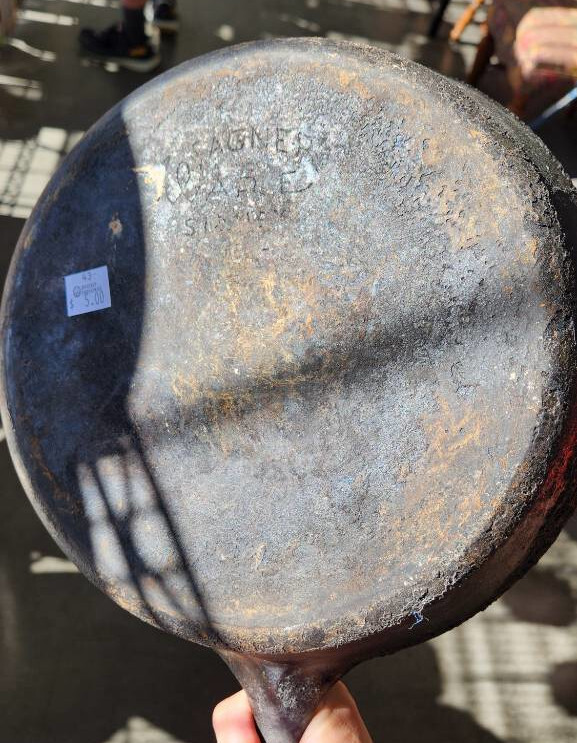
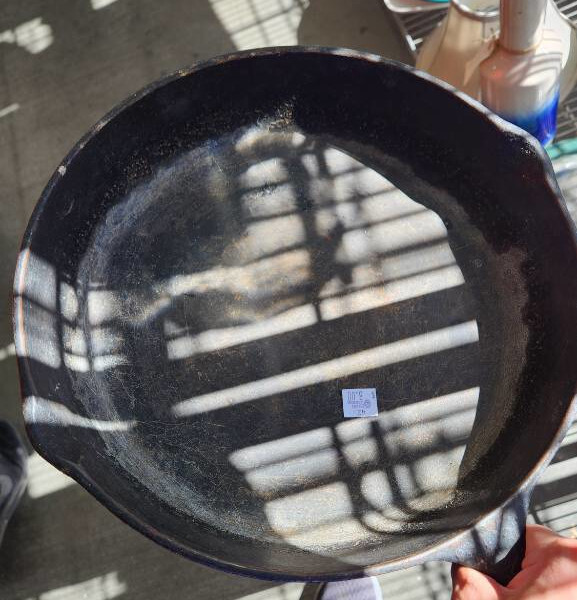

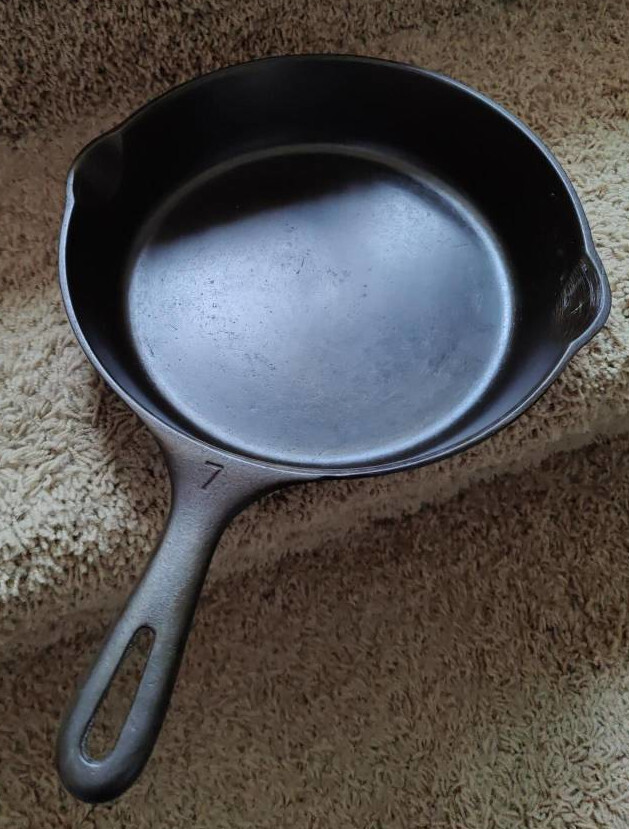
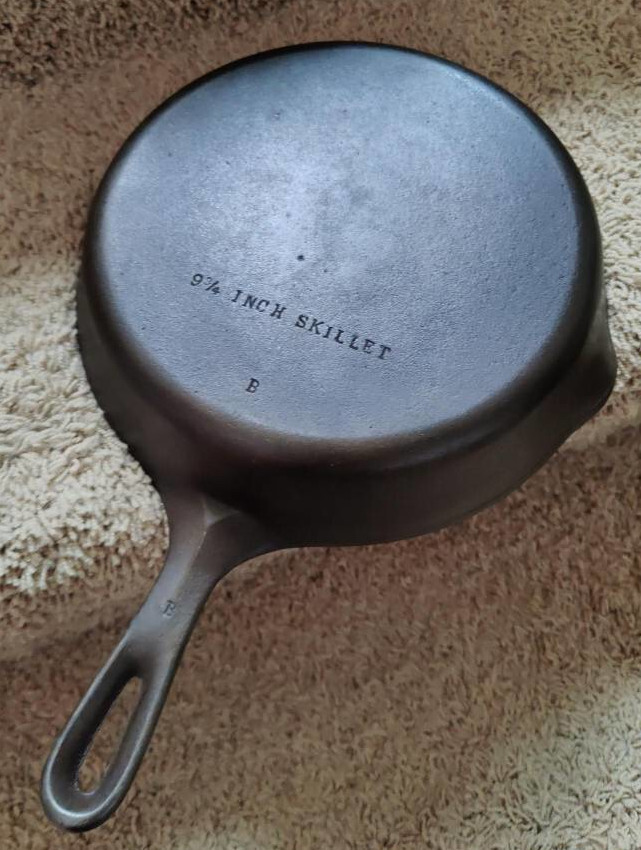

I went on holiday and am only now getting back into my routine. This sucks atm lol.
But it sucks less than delaying even longer and ruining my gains.